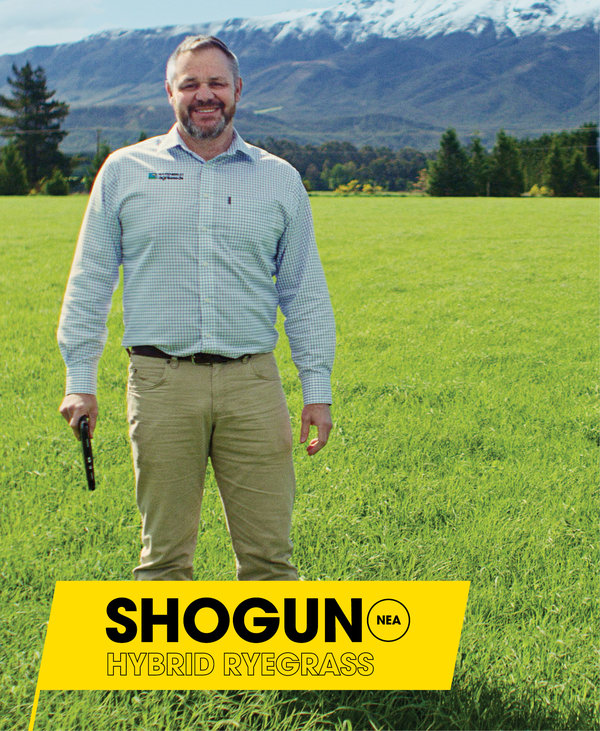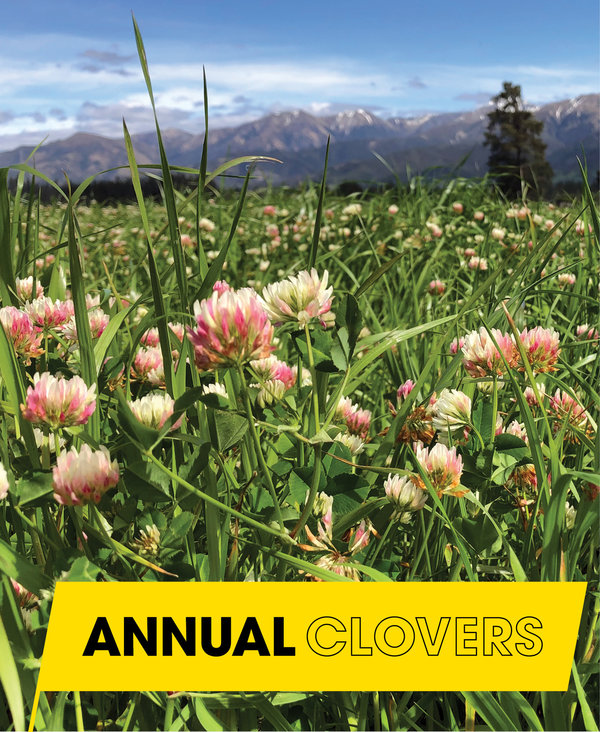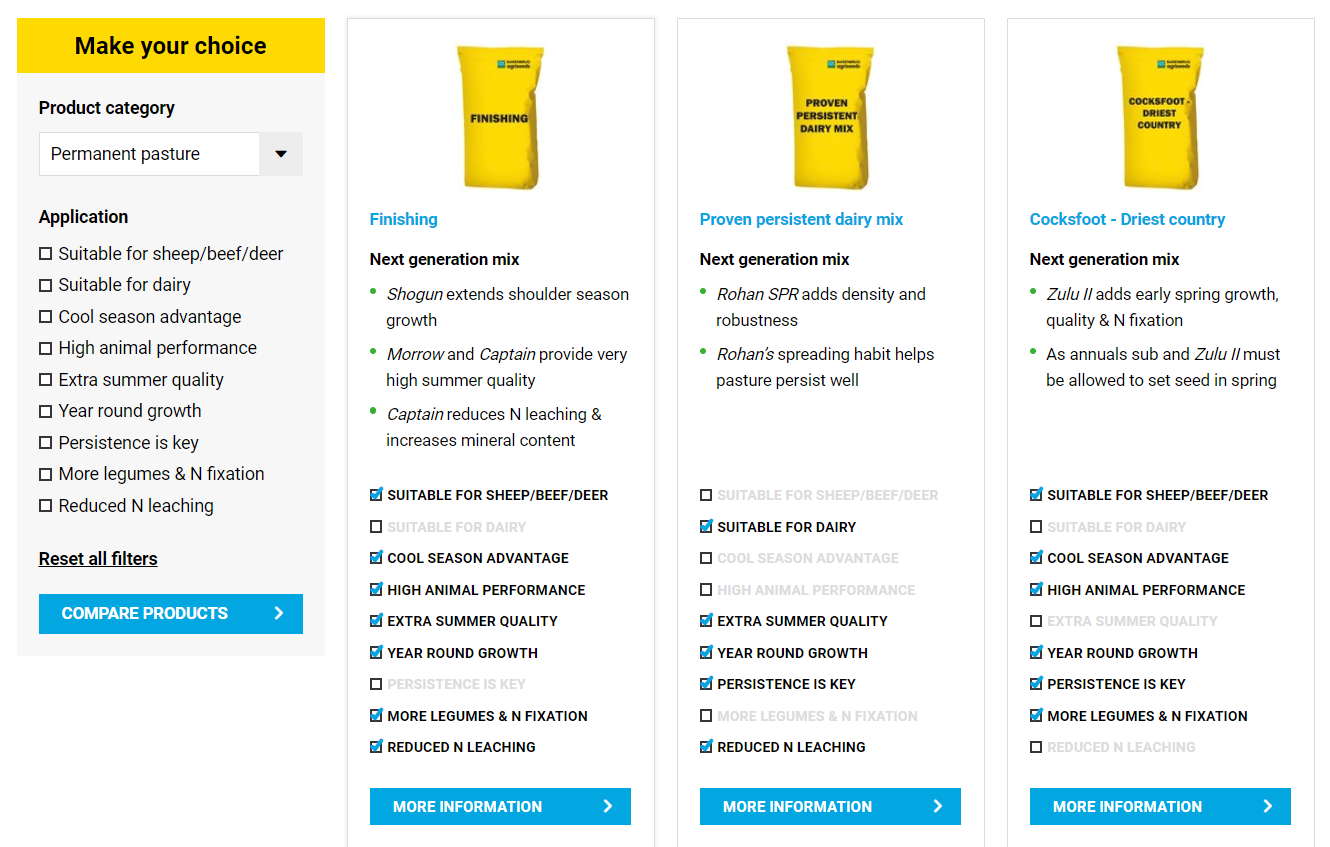‘More and more we’re looking at systems, and the use of different species together. Plantain for example; a range of different clovers; chicory and other herbs, various grasses that are happy together, and complement each other. In future, we will need to find a balance between maximising yield, and reducing impact on the environment.’

Our latest research includes deep-rooted experimental hybrid clovers bred for dry conditions and low P requirements; and the first perennial ryegrasses created with F1 hybrid breeding techniques similar to those which first catapulted maize yields skywards in the 1950s.

We’re also testing recent advances in sensor technology and DNA-based plant selection, to make plant breeding and development more efficient. Instead of 12 years, for example, which is how long it currently takes to breed, test and commercialise a new perennial ryegrass, soon it might only take 6-8 years.
‘It’s a really exciting time to be a plant breeder. We’re evaluating these new techniques and equipment here in the field - genomic selection, F1 hybrids, LiDAR, real-time pasture growth sensors. It won’t be one single thing that makes a difference to our process, but probably a combination of all of them.’












.jpg?height=264&width=600)


